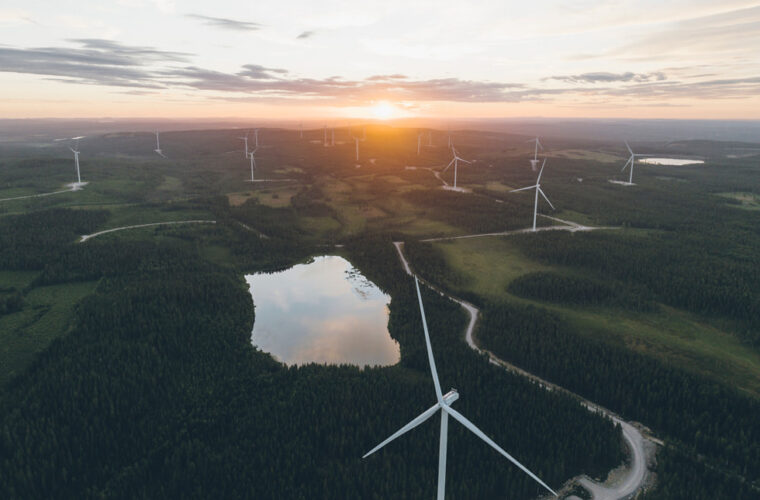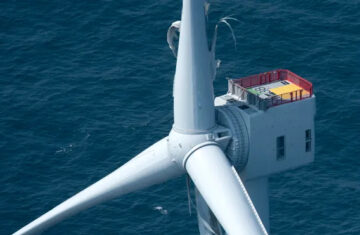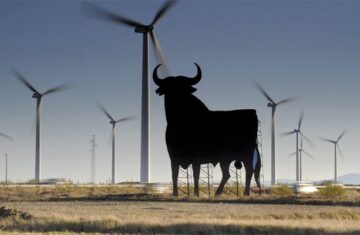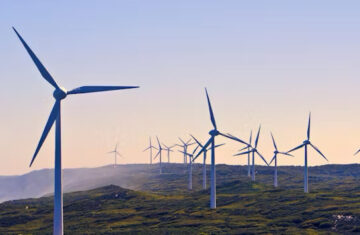Sweden boasts one of the greenest energy grids in the world, relying heavily on hydroelectric, nuclear, and wind power, which now accounts for about 25% of its energy supply. However, as the country aims to electrify its entire economy, even more renewable energy is needed.
The Impact of Wind Energy Expansion
Over the past two decades, the expansion of thousands of wind turbines in Sweden has led to electricity prices frequently dipping below zero, both for entire days and individual hours. Experts predict that these low prices will persist for years, creating challenges for investors in new renewable developments. The low power prices offer little return, causing uncertainty regarding future demand as several energy-intensive green industrial mega-projects in northern Sweden face delays or cancellations.
A Shift in Investment Dynamics
Sweden’s decision to end its main subsidy system for new renewable projects three years ago offers a glimpse into a market where clean energy investments are driven solely by energy prices. This sets Sweden apart from other European nations, such as the UK, France, and Germany, which still provide various incentives for renewable energy projects.
Despite the challenges of plunging prices, the wind industry in Sweden faces additional obstacles, including increased turbine costs, rising interest rates, and local opposition, including municipal and military vetoes and difficulties in securing grid connections. Matilda Afzelius, CEO for the Nordic region at Renewable Energy Systems Holdings Ltd., remarked, “It’s certainly a challenging situation… everything is much slower than we’d like and expected.”
Threats to Climate Goals
These challenges threaten Sweden’s ambitious goal of achieving net zero emissions by 2045, ahead of the European Union’s mid-century target. Moreover, the global objective of tripling renewable energy capacity by the end of the decade is at risk due to the sluggish rollout of wind turbines, according to the International Energy Agency.
Recent data from industry group Svensk Vindenergi indicates that no new turbines have been ordered in Sweden since early this year, marking the longest pause in two years. The timeline for bringing a wind park into operation has stretched from 2.5 years in 2010 to as long as 8.5 years today, presenting significant challenges for developers and investors in a market where demand for renewable energy is rapidly increasing.
Future Demand and Capacity Needs
The Swedish government anticipates that energy demand will double over the next two decades, emphasizing the necessity of expanding wind capacity. However, BloombergNEF forecasts annual onshore wind-power additions to drop to 400 megawatts from 2,604 megawatts last year. Sweden’s installed wind capacity, totaling about 16,400 megawatts at the end of 2023, ranks fourth in the EU.
Market Comparisons and Concerns
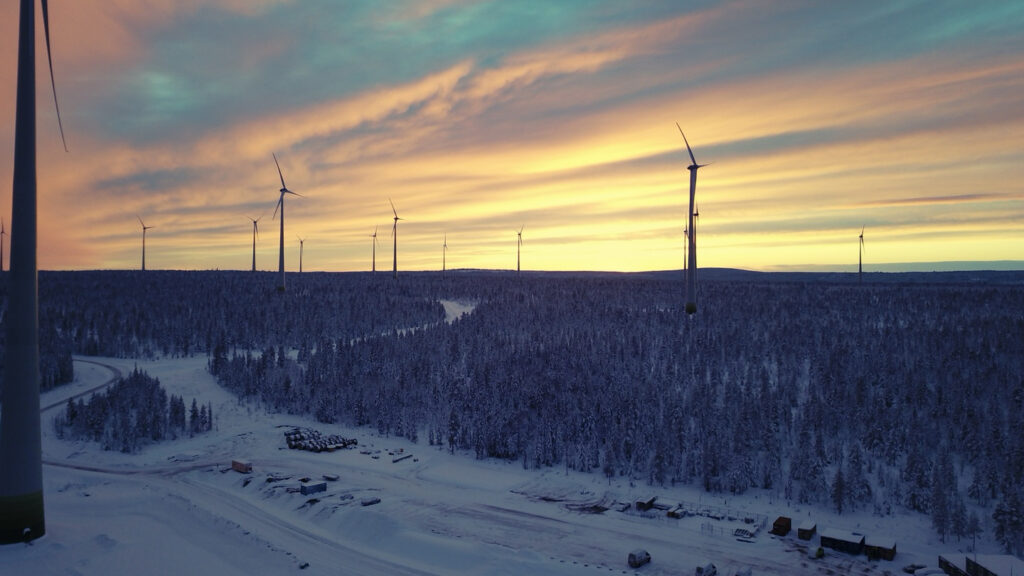
Countries still reliant on fossil fuels for decarbonization face higher electricity prices. For instance, the average Nordic electricity rate this year is approximately €36 ($37.90) per megawatt-hour, significantly lower than Germany’s average. Analysts warn that if demand stagnates, the price gap could widen further, leading to prolonged periods of near-zero prices in parts of the Nordic market from 2025 to 2027.
Investor sentiment is cautious as they observe the situation in the Nordics, raising concerns about similar trends in other regions like Spain.
Permitting Challenges and Alternative Technologies
In the first half of this year, 12 of 16 new wind projects in Sweden were rejected by local municipalities, with additional projects halted by military concerns. Afzelius noted, “From a permitting perspective, it’s the most challenging time since I started in the business more than 25 years ago. Applications are just not getting through.”
As a result, developers like RES are diversifying their portfolios to include solar, battery storage, and hydrogen projects. Notably, RES sold a green aviation fuel project in Sweden to a German asset manager.
Offshore Wind Potential
Despite having the longest coastline in the Baltic region, Sweden has minimal offshore wind capacity. Last month, the government canceled 13 applications for offshore projects in the Baltic Sea, citing national defense concerns. This decision has compelled major players, such as Orsted A/S, to reassess their involvement in Sweden.
Nuclear Energy Competition
Furthermore, the government’s robust plans for new nuclear power, offering a 40-year contract-for-difference price equivalent to €70 per megawatt-hour, pose a competitive threat to wind energy projects. Analysts suggest that this could lead to lower energy prices and more frequent negative pricing, making it difficult for wind and solar energy to compete with subsidized nuclear power.
Conclusion
As Sweden navigates these challenges, the future of its renewable energy sector hangs in the balance. Continued investment in wind capacity, alongside innovative energy solutions, will be essential to meet the country’s climate goals and ensure a sustainable energy future.
Sources
- International Energy Agency – Renewable Energy Reports
- Svensk Vindenergi – Industry Data
- BloombergNEF – Renewable Energy Projections
